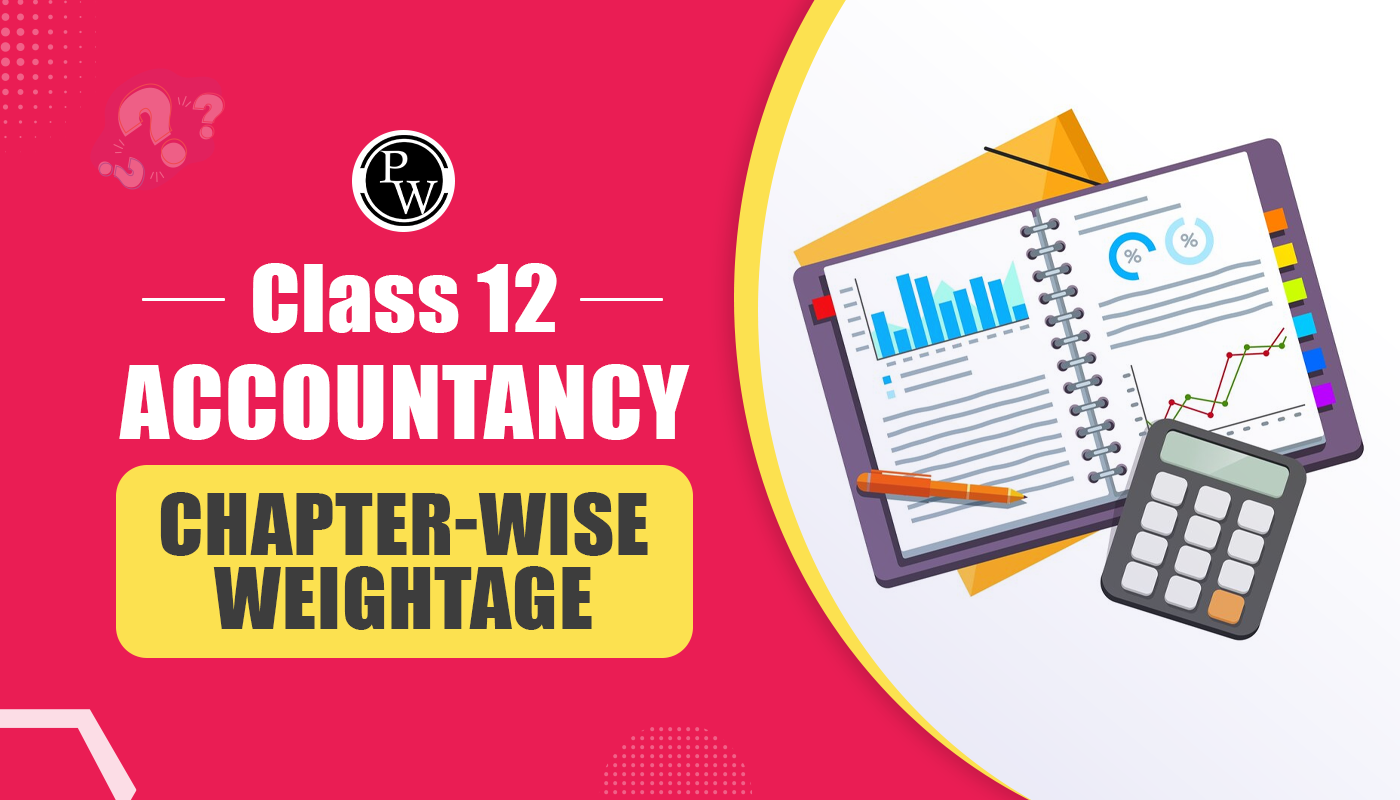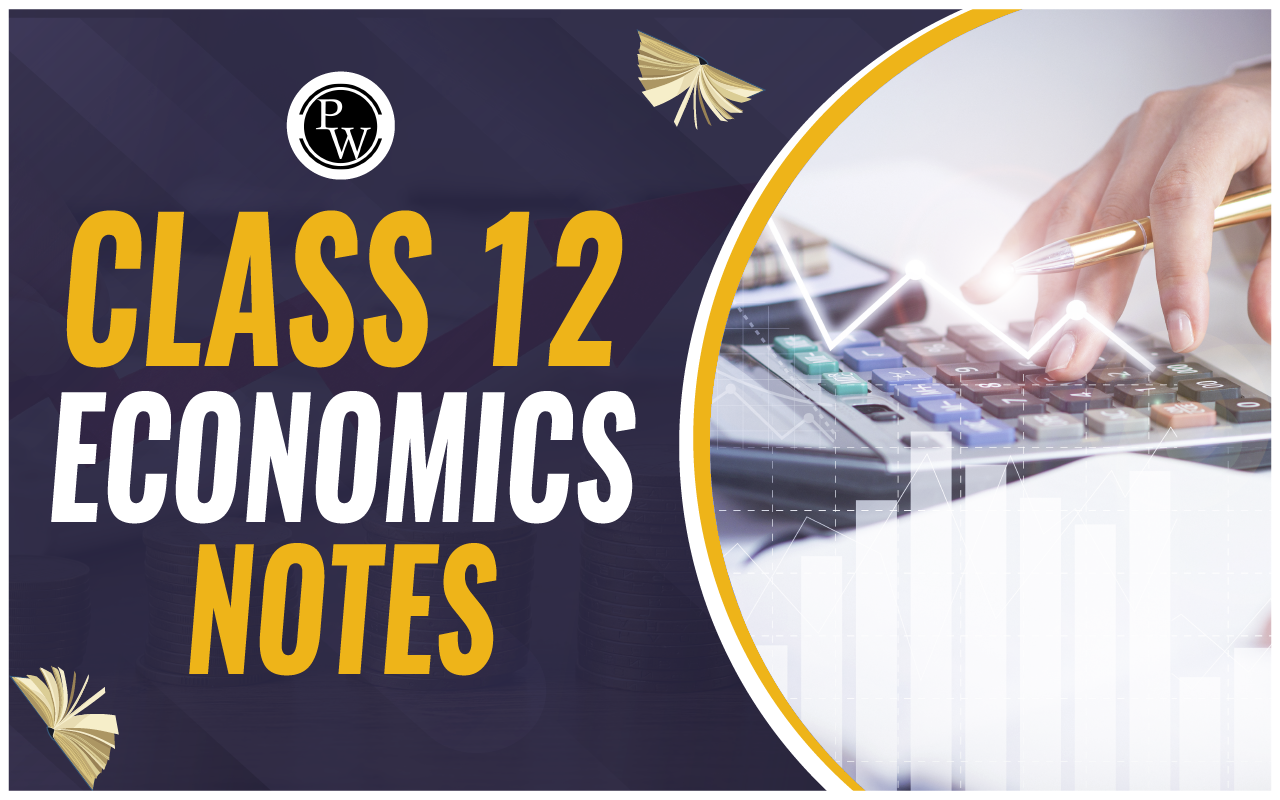
Communication is a fundamental process that enables individuals to share information, ideas, and emotions. It is the backbone of human interaction, facilitating connections across personal and professional spheres. By employing various channels such as spoken words, written texts, body language, and visual aids, communication helps express thoughts, achieve mutual understanding, and foster relationships.
Effective communication is essential for successful interactions, problem-solving, and decision-making, making it a crucial skill in every aspect of life. In this article, we delve into the different forms of communication, their significance, and how mastering them can enhance our daily interactions and overall effectiveness.Communication Definition
Communication is the exchange of information, ideas, thoughts, or feelings between individuals or groups. It can occur through various methods, including verbal (spoken or written words), nonverbal (body language, facial expressions), and visual (graphs, charts) means. Effective communication involves transmitting messages and ensuring that the intended message is received, understood, and interpreted correctly by the recipient. It is a fundamental aspect of human interaction and is essential for building relationships, sharing knowledge, and coordinating activities.Types of Communication
Types of communication refer to the various methods through which information is exchanged between individuals or groups. Understanding these types is essential for effective interaction in both personal and professional settings. The primary types of communication include:- Verbal Communication: Verbal communication involves the exchange of messages through spoken or written language. This form of communication includes conversations and written text and is essential for effectively conveying information. Verbal communication can also encompass sign language. It plays a crucial role in personal and professional interactions, complementing nonverbal communication to enhance understanding and clarity.
- Non-Verbal Communication: Non-verbal communication involves conveying messages through body language, facial expressions, gestures, symbols, colours, and physical touch. This form of communication can occur intentionally or unintentionally and provides additional context to verbal messages. For instance, a smile can indicate pleasure or approval, adding depth to verbal interactions. Non-verbal communication is vital for interpreting the emotional and psychological states of others, enhancing our ability to understand and connect with them.
- Formal Communication: Formal communication occurs through established channels within an organisation. It involves interactions between managers and employees or among employees of the same level and can be oral or written. Records of formal communication are meticulously maintained, providing a documented trail of interactions and decisions.
- Informal Communication: Informal communication refers to exchanges that happen outside official organizational channels. Often known as the "grapevine," informal communication spreads throughout the organization regardless of hierarchy, facilitating spontaneous and unofficial employee interactions.
| Also Read | |
| Cost classification | Abnormal Loss And Abnormal Gains |
| Concept of Authority | Karl Pearson's Coefficient of Correlation |
Communication Process
The communication process is a systematic sequence of steps that facilitates the exchange of information between a sender and a receiver. It involves several key stages that ensure the message is conveyed clearly and effectively. Understanding this process is essential for improving communication skills and preventing misunderstandings. The main stages of the communication process are:- Transmission of Messages : A sender conveys a message to one or more recipients using a designated communication channel. This process involves selecting the appropriate medium, such as email, phone, or face-to-face conversation, to ensure the message reaches its intended audience effectively.
- Encoding and Decoding : The sender translates their thoughts or information into a format compatible with the chosen channel, such as words, symbols, or signals. The recipient interprets or "decodes" this information to grasp its meaning and significance. Effective encoding and decoding are crucial for clear and accurate communication.
- Risk of Misunderstanding : Misunderstandings can arise at various points in the communication process, including during encoding, transmission, or decoding. Factors such as unclear messaging, noise in the communication channel, or differences in interpretation can lead to miscommunication. Ensuring clarity, providing context, and actively seeking feedback can help mitigate these risks and enhance overall communication effectiveness.
Importance of Communication
Effective communication is fundamental to successful interactions in both personal and professional settings. Here’s why communication is so crucial:- Facilitates Understanding : Clear communication helps ensure that ideas, instructions, and information are accurately conveyed and understood, minimising the risk of misunderstandings and errors.
- Builds Relationships : Open and honest communication fosters trust and strengthens relationships, whether with family, friends, or colleagues. It allows for better collaboration and creates a supportive environment.
- Enhances Teamwork : In organisational settings, effective communication is key to coordinating efforts, sharing responsibilities, and achieving common goals. It ensures that team members are aligned and working towards the same objectives.
- Supports Problem-Solving : Good communication allows for the effective exchange of ideas and solutions, facilitating problem-solving and decision-making. It enables individuals to discuss issues openly and work collaboratively to find solutions.
- Boosts Productivity : Clear and efficient communication streamlines workflows and reduces the likelihood of errors, leading to increased productivity and efficiency in tasks and projects.
Barriers in Communication
Barriers in communication can significantly impede the effectiveness of information exchange between individuals or groups. These obstacles often disrupt the clarity and accuracy of messages, leading to misunderstandings and inefficiencies. Identifying and addressing these barriers is crucial for improving communication and ensuring that messages are conveyed and received as intended. Here are some common types of barriers that can affect communication:- Semantic Barriers : Semantic barriers arise from issues in encoding and decoding messages. These problems often stem from incorrect words, faulty translations, or varying interpretations. For instance, if a manager fluent in English needs to communicate with workers who only speak Hindi, the language difference creates a semantic barrier, impeding effective communication between the manager and the workers.
- Psychological Barriers : The emotional states of both the sender and the receiver influence psychological barriers. A person who is anxious or distressed may struggle to communicate effectively, while an angry or upset recipient may have difficulty understanding the message. For effective communication, both parties must be mentally stable and trust one another. A lack of trust can further hinder the accurate interpretation of the message.
- Organizational Barriers : Organizational barriers relate to an organization's structure, rules, and hierarchy. In highly centralised organizations, communication may be restricted, and rigid rules or complex procedures can obstruct the flow of information. When organizational structures inhibit open communication, it can lead to inefficiencies and misunderstandings.
- Personal Barriers : Personal barriers involve individual factors that affect communication. For example, if a superior believes that a particular communication could undermine their authority, they may choose to suppress it. Additionally, superiors needing more confidence in their subordinates' abilities may not seek their input. Conversely, subordinates may be reluctant to contribute valuable suggestions if they feel unappreciated or unrewarded.
Begin your journey towards academic excellence in Commerce with our comprehensive Commerce courses . Master the CBSE syllabus with expert guidance and ace your exams. Enroll now!”
What is Communication FAQs
What is Communication?
Communication is the exchange of information between individuals through various channels, aiming to convey thoughts, ideas, or emotions effectively.
What are the Types of Communication?
Communication types include verbal (spoken or written), non-verbal (body language and gestures), visual (images and charts), and written (emails and reports).
What are the Four Types of Communication?
The four types of communication are verbal, nonverbal, visual, and written, each serving a different purpose in conveying information.
What are the 7 Cs of Effective Communication?
The 7 Cs are Clear, Concise, Concrete, Correct, Coherent, Complete, and Courteous, which ensure that messages are communicated effectively and respectfully.
Talk to a counsellorHave doubts? Our support team will be happy to assist you!

Check out these Related Articles
Free Learning Resources
PW Books
Notes (Class 10-12)
PW Study Materials
Notes (Class 6-9)
Ncert Solutions
Govt Exams
Class 6th to 12th Online Courses
Govt Job Exams Courses
UPSC Coaching
Defence Exam Coaching
Gate Exam Coaching
Other Exams
Know about Physics Wallah
Physics Wallah is an Indian edtech platform that provides accessible & comprehensive learning experiences to students from Class 6th to postgraduate level. We also provide extensive NCERT solutions, sample paper, NEET, JEE Mains, BITSAT previous year papers & more such resources to students. Physics Wallah also caters to over 3.5 million registered students and over 78 lakh+ Youtube subscribers with 4.8 rating on its app.
We Stand Out because
We provide students with intensive courses with India’s qualified & experienced faculties & mentors. PW strives to make the learning experience comprehensive and accessible for students of all sections of society. We believe in empowering every single student who couldn't dream of a good career in engineering and medical field earlier.
Our Key Focus Areas
Physics Wallah's main focus is to make the learning experience as economical as possible for all students. With our affordable courses like Lakshya, Udaan and Arjuna and many others, we have been able to provide a platform for lakhs of aspirants. From providing Chemistry, Maths, Physics formula to giving e-books of eminent authors like RD Sharma, RS Aggarwal and Lakhmir Singh, PW focuses on every single student's need for preparation.
What Makes Us Different
Physics Wallah strives to develop a comprehensive pedagogical structure for students, where they get a state-of-the-art learning experience with study material and resources. Apart from catering students preparing for JEE Mains and NEET, PW also provides study material for each state board like Uttar Pradesh, Bihar, and others
Copyright © 2025 Physicswallah Limited All rights reserved.
Get App









